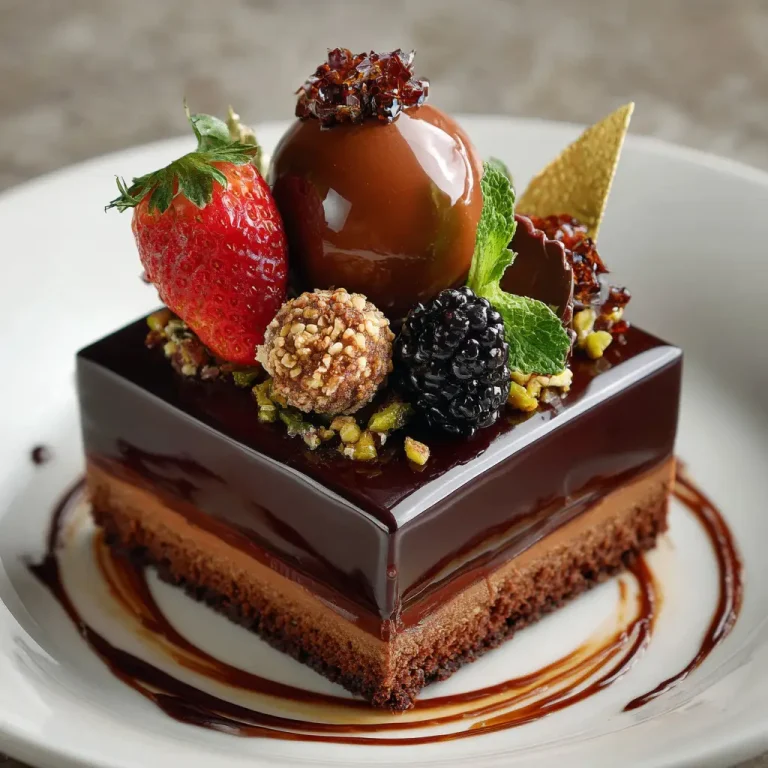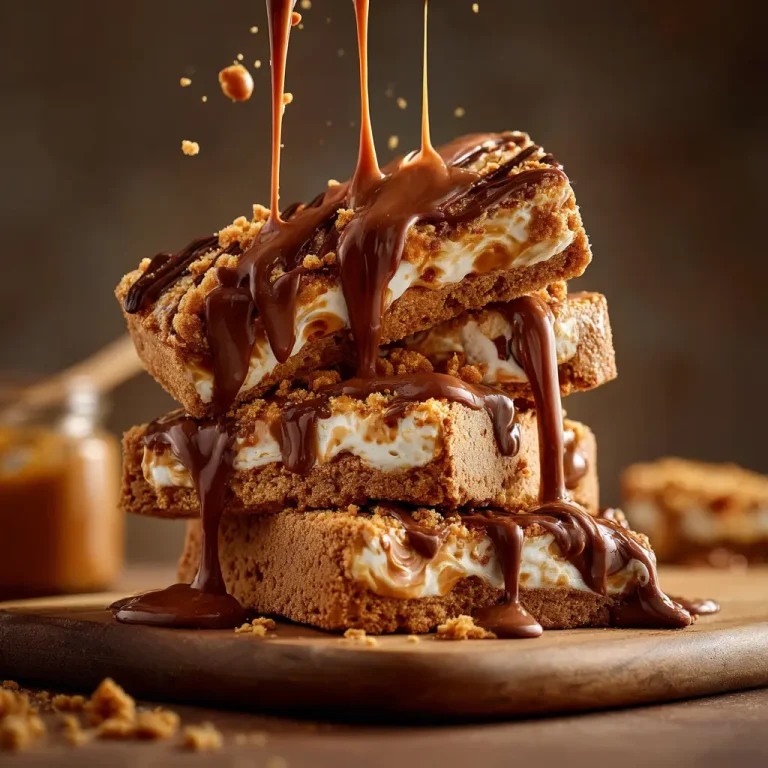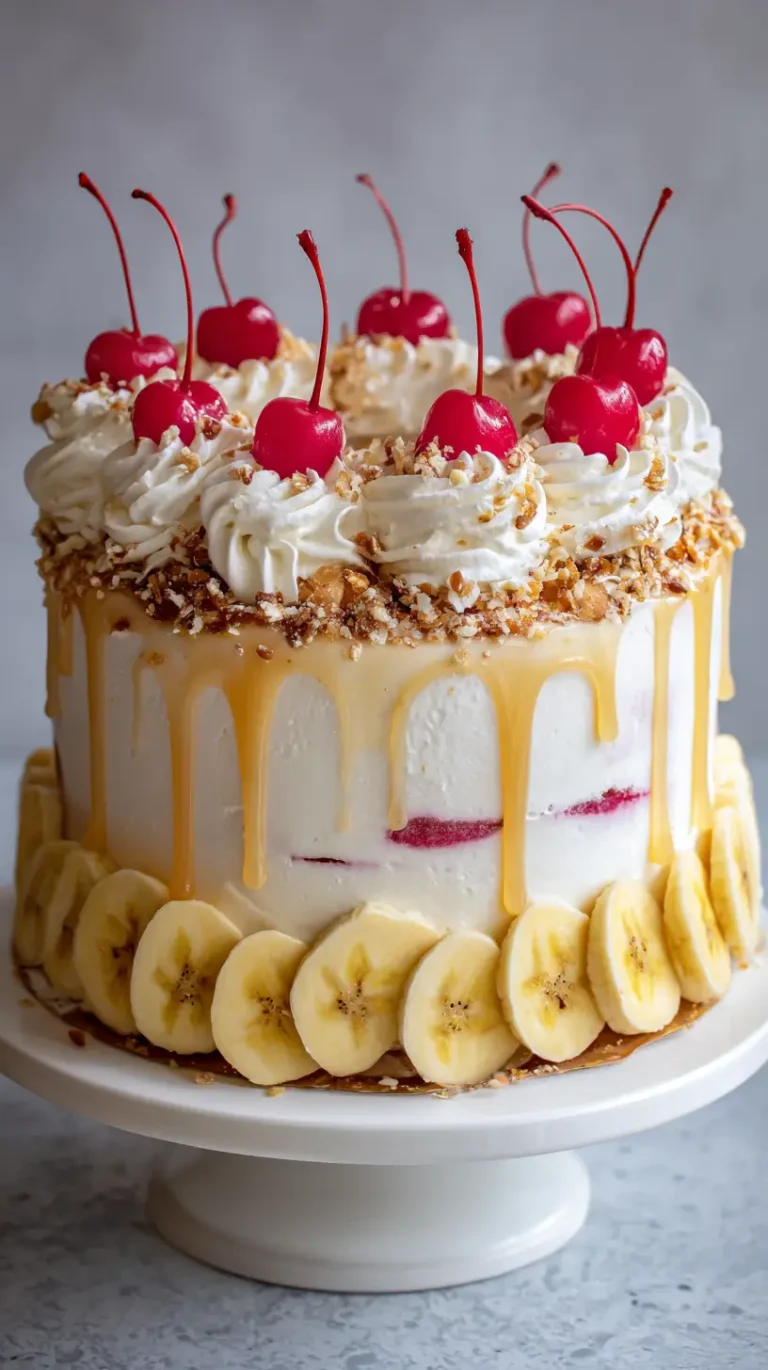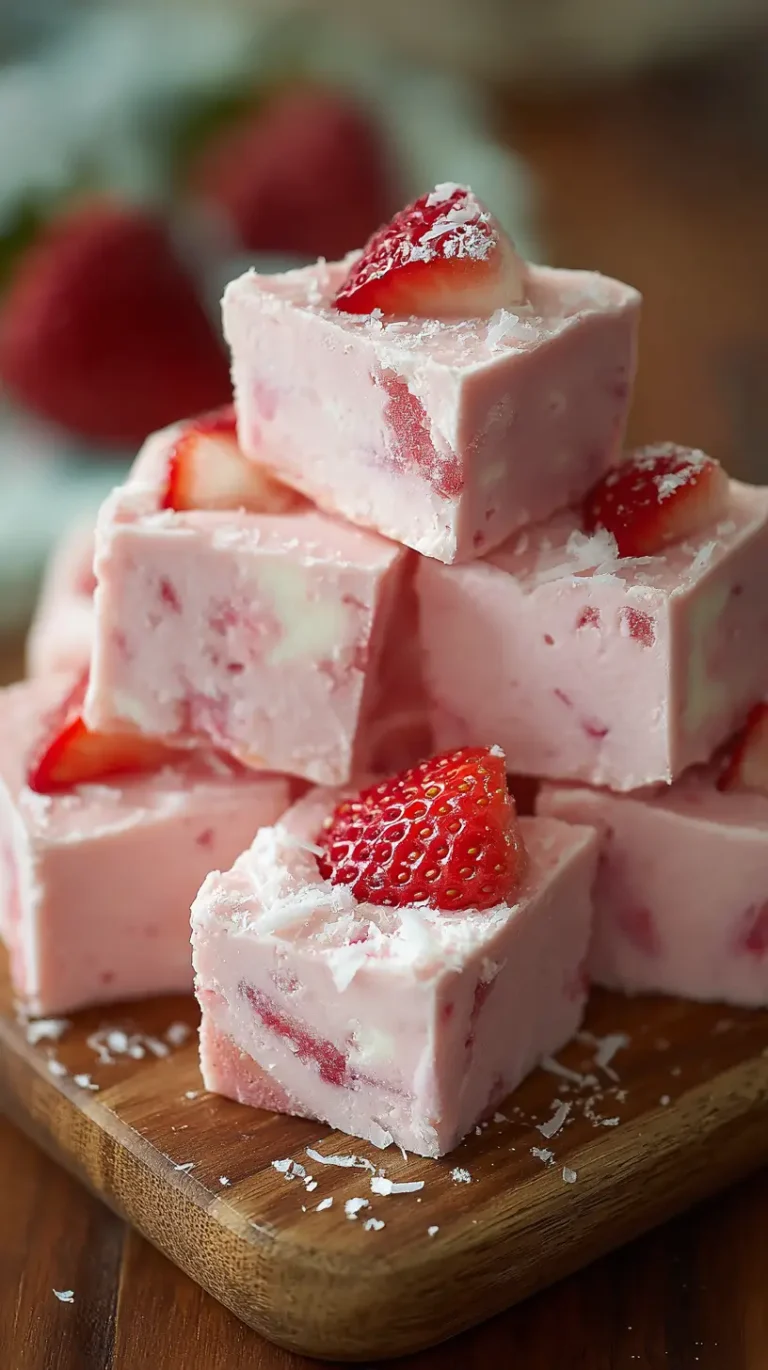Lemon Tart Recipe – Easy, Zesty, and Perfect for Every Occasion
Introduction
Lemon tart captures the perfect balance of bright and creamy flavors set in a crisp golden crust. Many home bakers chase the dream of that citrus burst that makes every bite dance on the tongue. Imagine a smooth lemon filling that is tangy yet gently sweet paired with buttery crust that shatters in your mouth. Some versions use heavy cream to soften the sharpness. Others rely just on lemon juice sugar and eggs for an elegant and simple finish. Baking a lemon tart feels like painting flavors on a canvas. Ingredients come together. Texture plays its part. Aroma floods the kitchen. The result rewards patience and care. Anyone who tastes it often finds it impossible to stop at one slice.
Lemon tart has been celebrated in many cultures. French pastry shops often display it like a jewel. At dinner parties it arrives with a flourish. It suits afternoon tea and fancy dessert menus alike. It adapts easily. It presents simply. It pleases children and grown ups. It bridges seasons because citrus feels fresh even in midwinter. It brightens warm days with zesty lightness.
Understanding how to make a great lemon tart means mastering a few fundamentals. The crust must bake through yet not burn. The filling must set gently yet not curdle. The sugar must balance sour. The bake time must be just right. Once those pieces are in place the dessert becomes magical. In this article expert guidance will share a recipe with clear steps. You will learn to customize. You will see nutritional values. You will gain tips from pro bakers. Readers will leave ready to bake a lemon tart that feels both gourmet and comforting.
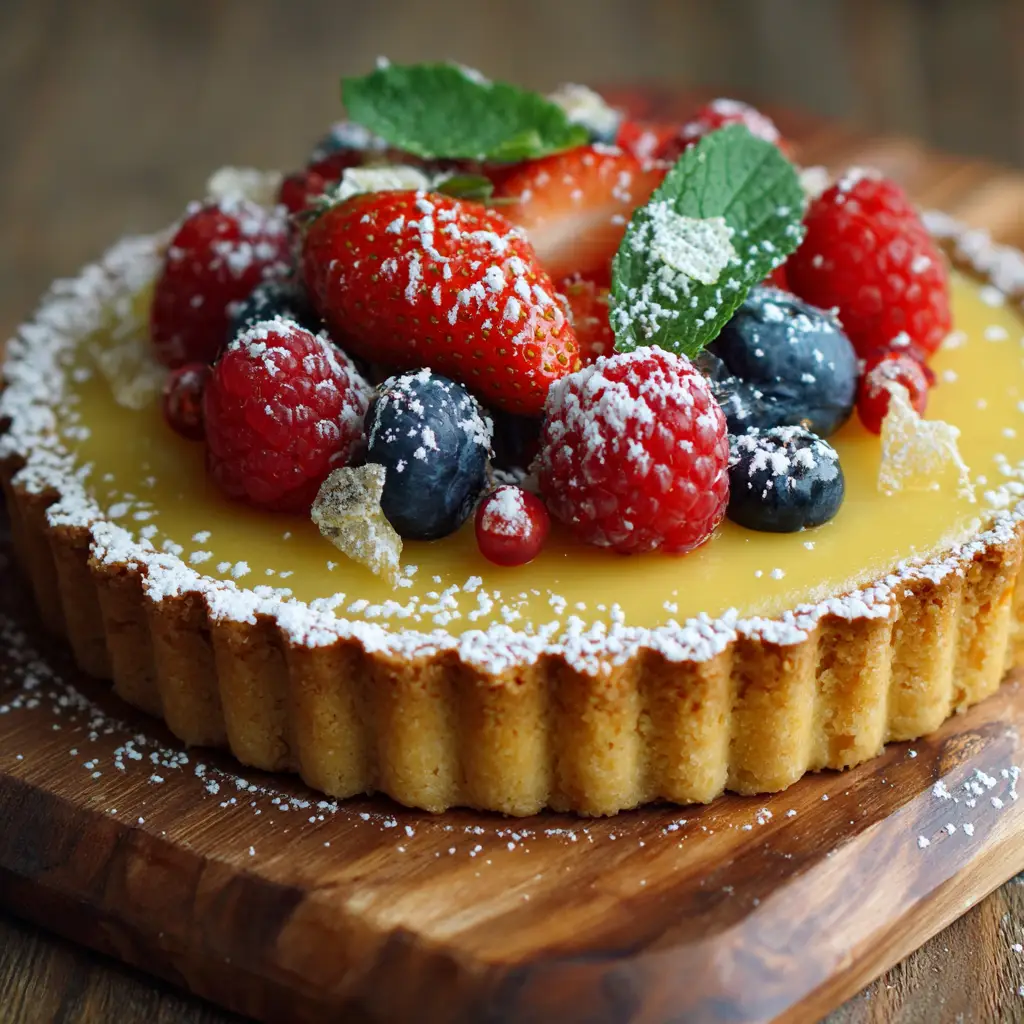
Ingredients Needed
Here is what you need to bake a lemon tart with approximate calorie counts per ingredient. Quantities below serve about eight slices.
| Ingredient | Quantity | Approximate Calories |
|---|---|---|
| All purpose flour | 200 grams | 728 kcal |
| Granulated sugar | 150 grams | 579 kcal |
| Unsalted butter at room temperature | 100 grams | 717 kcal |
| Egg yolks | 3 large | 162 kcal |
| Whole eggs | 2 large | 144 kcal |
| Fresh lemon juice | 100 ml (about 2 large lemons) | 22 kcal |
| Lemon zest | Zest of 2 lemons | 10 kcal |
| Heavy cream (optional smooth finish) | 50 ml | 205 kcal |
| Salt pinch | 1 gram | 0 kcal |
Total calories for entire tart roughly 2500 kcal. Per slice if cut into eight pieces about 312 kcal.
Step by Step Cooking Instructions
Wash and dry lemons thoroughly. Zest lemons first. Avoid white pith as it tastes bitter. Juice lemons next. Strain juice to remove seeds and pulp. Egg yolks and whole eggs come to room temperature so they mix smoothly. Soften butter until it yields under gentle pressure.
Make the crust. Preheat oven to 180 degrees Celsius. In mixing bowl sift flour. Add sugar. Mix in butter with fingertips until mixture resembles coarse crumbs. Add a pinch of salt. Press mixture into a tart pan sized about 23 centimetres. Push dough up the sides evenly. Chill crust in refrigerator for about 20 minutes. Use baking beans or dried beans to weigh crust when blind baking. Blind bake crust for 15 minutes until edges look set. Remove weights. Bake further until base looks lightly golden.If you love bright and fruity bakes like this Lemon Tart Casserole, you’ll also enjoy our soft and bursting-with-flavor Blueberry Muffins.
Prepare filling. In heatproof bowl whisk together egg yolks whole eggs sugar lemon juice lemon zest until sugar dissolves. If using heavy cream gently heat cream until nearly boiling. Pour cream slowly into lemon egg mixture while whisking to prevent curdling. Place bowl over a pot of simmering water in a double boiler setup. Stir constantly until mixture thickens and coats back of spoon. Do not let it boil hard. Remove from heat when thickened.
Combine and bake. Pour filling into baked crust. Smooth surface with a spatula. Lower oven temperature to 160 degrees Celsius. Bake tart for about 20 minutes or until edges of filling look set but center still slightly wobbly. Turn off oven. Leave tart door ajar. Let tart cool gradually for about 30 minutes. Chill fully in refrigerator for at least two hours. This helps filling to firm up and flavors to meld.

Tips for Customizing the Recipe
Adjust sweetness. Use less sugar if you like tart tones. Try brown sugar for deeper caramel notes. Add honey or maple syrup for subtle floral tones. Swap heavy cream. Replace cream with coconut milk for dairy free or lighter texture. Use Greek yogurt instead of cream for tang and rich mouthfeel. Experiment with crust. Use almond meal to give crust nutty flavor. Press crushed biscuits instead of making pastry crust if short on time. Flavor embellishments. Add a teaspoon of vanilla extract. Infuse lemon zest with ginger or rosemary. Add a splash of liquor like limoncello or orange liqueur for adult subtle twist. Texture play. Top with torched meringue. Garnish with whipped cream or lightly poached fruit. Decoration. Dust with icing sugar. Serve with thin slices of candied lemon peel. Use edible flowers for show.
Timing tweaks. Bake filling a little less if you want softer center. Chill longer for firm slicing. Use silicone pan for easier release of crust. Let citrus ingredients reach room temperature to avoid curdling.

Nutritional Information
Each slice of lemon tart (when divided into eight pieces) provides about 312 calories. Macros vary somewhat by recipe tweaks. Below are approximate values per slice:
- Fat: Roughly 18 to 20 grams from butter eggs heavy cream.
- Carbohydrates: Around 35 to 40 grams mostly sugar and flour.
- Protein: About 4 to 5 grams from eggs flour and cream.
- Sugar content: High due to sugar in filling and crust typically 20 to 25 grams per slice.
- Fiber: Minimal because lemon zest adds small amount, flour adds more but still low at about 1 gram.
Vitamin wise lemon juice and zest supply vitamin C and antioxidant flavonoids. Butter and eggs give vitamin A some B vitamins and minerals such as phosphorus and selenium. Cream contributes calcium. Overall this dessert is richest in carbs and fats. Best enjoyed in moderation.
Serving Suggestions
Serve lemon tart chilled or slightly below room temperature. For elegant presentation dust with fine icing sugar just before serving. A scoop of vanilla ice cream complements the tart acidity. Fresh berries like raspberries blueberries or strawberries offer color contrast and fresh burst. Herbs like mint leaf add aroma and visual appeal. Serve with softly whipped cream flavored with citrus zest or a hint of vanilla. For special meals offer small slices so guests can try other desserts. For tea time accompany with green tea jasmine tea or light white wine. For brunch allow citrus tartness to cut through creamy rich mains. Lemon tart makes great dessert at garden parties picnic style if packaged carefully and kept cold.
Lemon Tart Recipe – Easy, Zesty, and Perfect for Every Occasion
Course: Blog8
servings25
minutes40
minutes~312 kcal
kcalIngredients
200g all-purpose flour
100g unsalted butter (softened)
50g granulated sugar
1 large egg yolk
Pinch of salt
1 tablespoon cold water (if needed)
For the filling:
2 large eggs
2 large egg yolks
100g granulated sugar
100 ml fresh lemon juice (about 2 large lemons)
Directions
- Prepare the crust:
- In a mixing bowl, combine flour, sugar, and salt. Add butter and rub with your fingers until the mixture resembles breadcrumbs. Mix in the egg yolk. Add cold water a little at a time to form a soft dough. Press into a 23 cm tart tin. Chill for 20 minutes.
- Blind bake the crust:
- Preheat the oven to 180°C (350°F). Line the chilled crust with parchment paper and fill with baking beans. Bake for 15 minutes, remove beans and parchment, then bake for another 10 minutes until golden. Let cool.
- Make the filling:
- In a heatproof bowl, whisk eggs, yolks, sugar, lemon juice, and zest. If using, gently warm the cream and slowly whisk it into the egg mixture.
Recipe Video
Notes
- For best results, use fresh lemon juice and zest. Avoid overbaking to keep the filling smooth. You can customize with a dusting of powdered sugar, whipped cream, or fresh berries for an extra touch of elegance.
FAQs
What causes lemon tart filling to crack on top?
Rapid changes in temperature often make filling surface crack. Cooling too fast or baking at too high temperature create tension in custard. Use gentle heat. Cool slowly inside oven with door ajar. Chill in fridge after initial cool down.
How to prevent crust from becoming soggy?
Blind bake crust first. Use egg wash or thin layer of melted butter brushed in crust base before filling. Bake crust long enough to set. Ensure filling is thick and not watery.
Can I use bottled lemon juice instead of fresh lemons?
Fresh juice gives better flavor. Bottled juice often lacks brightness and natural oils. If using bottled juice increase amount of zest to compensate flavor loss. Use high quality juice with no preservatives.
How long does lemon tart keep in refrigerator?
Stored well covered lemon tart stays fresh for up to three days. After that filling may lose its firmness and crust may absorb moisture. Best eaten within that time.
Is lemon tart freezer friendly?
Freezing whole tart is not ideal because filling texture can change. Individual slices freeze better. Wrap slices in cling film and store in airtight container. Thaw slowly in fridge before serving.
How to tell when filling is fully cooked without overcooking?
Edges should be set and slightly firm. Center should have slight wobble when you gently jiggle pan. Carryover heat will finish setting during cooling. Do not bake until center is completely rigid or it becomes curdy.
Conclusion
Lemon tart offers a bright flavorful dessert that delights senses and soothes soul. Skilled hands and simple ingredients yield rich creamy filling and crisp buttery crust that linger on palate. Baking it requires patience attention to texture and flavor balance. Customization allows you to make it yours according to taste and occasion. When served chilled with fresh fruit or cream it becomes a centerpiece. Enjoy baking it for friends family or simply for your own pleasure. Every slice promises sunshine in dessert form.


